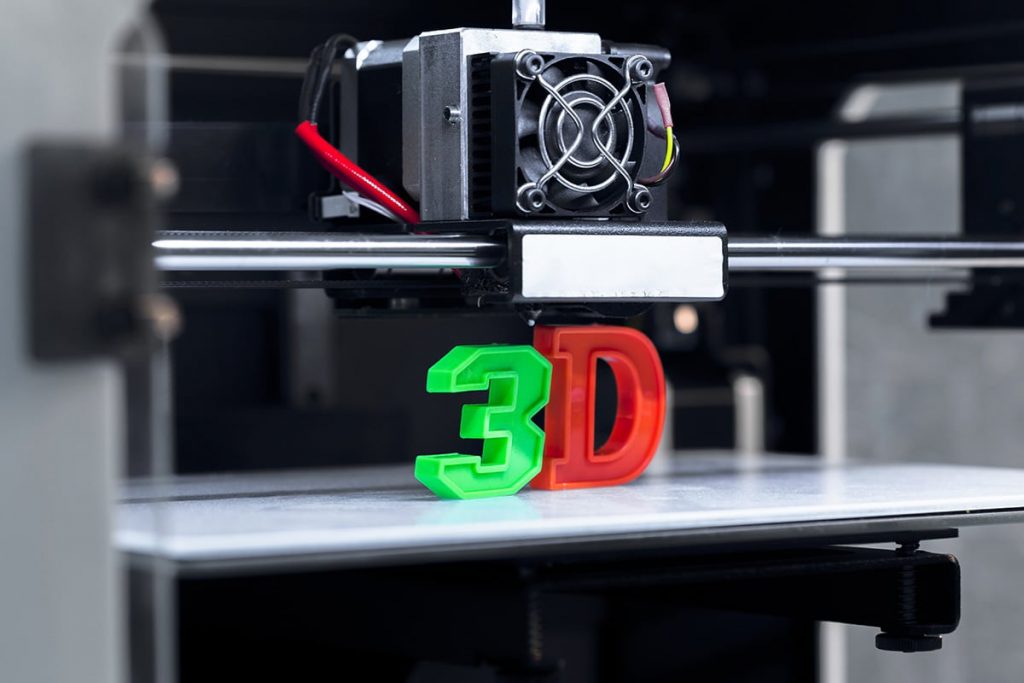The Reigning Champion: Exploring the Most Common Material for 3D Printing

In the ever-evolving world of additive manufacturing, 3D printing has emerged as a groundbreaking technology with immense potential. One crucial aspect of 3D printing is the choice of materials, as it directly impacts the quality, strength, and versatility of the final printed objects. Among the plethora of options available, there is one material that stands out as the reigning champion in the realm of 3D printing. In this article, we delve into the world of 3D printing materials and explore the most common material used for this revolutionary technology.
The Unrivaled Material: PLA
Poly(lactic acid), commonly known as PLA, has established itself as the most widely used material in the realm of 3D printing. PLA is a biodegradable thermoplastic derived from renewable resources such as cornstarch or sugarcane. Its popularity can be attributed to several key factors that make it an ideal choice for a wide range of applications.
- Ease of Use and Versatility:
PLA is renowned for its ease of use, making it a favorite among beginners and professionals alike. It has a low printing temperature requirement, reducing the risk of warping and enabling compatibility with a wide range of 3D printers. Additionally, PLA is available in a vast array of colors and finishes, allowing for creative freedom and versatility in design. - Environmental Friendliness:
With growing concerns about sustainability, PLA's eco-friendly nature has propelled its popularity. As a biodegradable material, PLA offers a greener alternative to traditional plastics. Its renewable sourcing and ability to decompose naturally make it an attractive choice for environmentally conscious individuals and industries. - Excellent Print Quality:
PLA boasts exceptional print quality, characterized by smooth surfaces and intricate details. Its low shrinkage rate during cooling minimizes the risk of warping and ensures dimensional accuracy. Moreover, PLA exhibits minimal odor during printing, enhancing the overall user experience. - Wide Range of Applications:
From prototyping to functional parts, PLA finds applications across various industries. Its versatility allows for the creation of intricate models, architectural prototypes, educational tools, and even consumer products. PLA's compatibility with post-processing techniques, such as sanding, painting, and polishing, further expands its potential applications. - Cost-Effectiveness:
Compared to other 3D printing materials, PLA is relatively affordable, making it accessible to a broader audience. Its cost-effectiveness, coupled with its ease of use and versatility, positions PLA as an attractive option for both personal and professional use.
Conclusion:
In the realm of 3D printing, the most common material used is undoubtedly PLA. Its ease of use, versatility, environmental friendliness, excellent print quality, wide range of applications, and cost-effectiveness have propelled it to the forefront of the industry. As technology advances and new materials emerge, PLA continues to reign as the champion of 3D printing materials, revolutionizing the way we design, create, and innovate.



